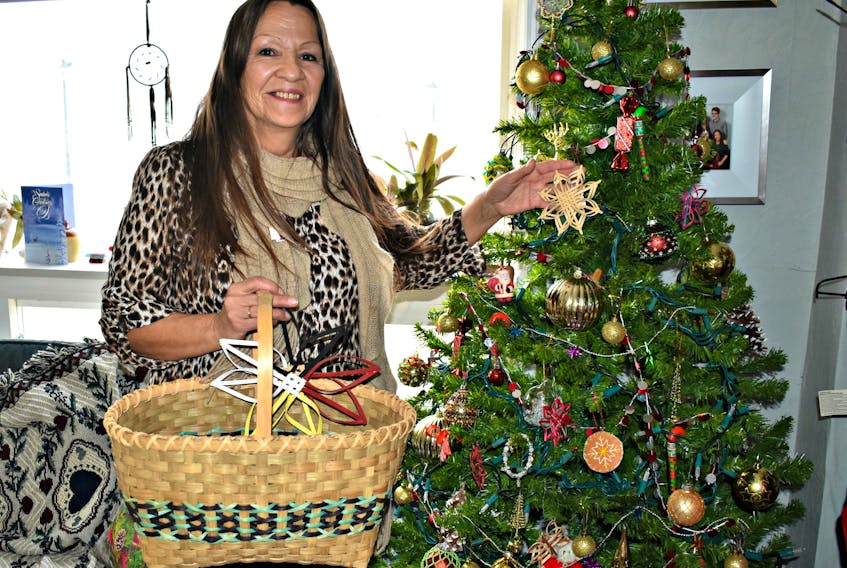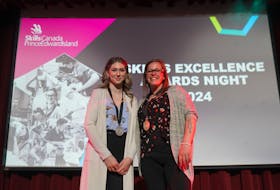Summerside, P.E.I. - Four sisters in Summerside use traditional Indigenous art and crafts as a way to reconnect to the past and keep their culture alive for future generations.
Growing up in foster care the sisters lost touch with their M’ikmaq culture, but when they returned to the Island they quickly picked up the pieces and found healing in their handiwork.
“We never grew up with the native teachings, and only in 2002 I learned from an elder that my mother, Pearline Labobe, went to the Shubenacadia Residential School (in Nova Scotia),” said Mi’kmaq basket weaver Nora Richard. “I was shocked, and it felt like the last piece of the puzzle.”

From 1923 to 1967, many Indigenous children were sent to Shubenacadia Residential School and subjected to physical, emotional and sexual abuse. The children were stripped of their cultural traditions, names and language.
“She never told anybody, but it explains why she was the way she was,” shared Richard. “She had 13 of us kids and if we went to hug her, she would just tell us to get away. She was afraid to show affection. And we didn’t know anything about being native because we ended up in foster homes.”
Artist Noella Moore created a Basket of Hope to symbolize the suffering of her mother, as well as the Indigenous students in Canadian residential schools, and the courage they showed to continue on.
The basket was decorated with tiles designed by Moore to depict the heartache and devastation, included were tiles of hope and strength. P.E.I. school children also contributed with tiles of their own symbols.
“One tile that was labelled ‘hug’ kept falling off,” said Moore, with tears in her eyes. “I couldn’t get it to stick, and I believe that tile was from my mother.”
Despite a troubled childhood of mental health, abuse and addictions, the sisters have come a long way.
The Duke and Duchess of Cambridge selected three hand-woven baskets, made by Richard and Moore, to take with them back to England.
“Our mother would be as proud as a peacock,” said Anita Gallant, who creates traditional beaded and quill earrings.
Gallant continued, “My twin, Bonita, and I have been home just over two years and I saw my other sisters Nora and Noella doing basket weaving, and they started teaching me. Then I got into making beaded and quill earrings. I enjoy it very much.”
Porcupine quills are harvested from road kill and folded, wrapped, plaited, and sewn to paintings, clothing, baskets, bags, and jewellery.

“Carol Peters in Lennox Island taught me how to work with beads and make earrings,” she continued. “It went from there, and I love doing native art. I think it’s beautiful.”
A common theme that runs through their creations is an eight-pointed star, used to represent the original seven districts of the Mi’kmaq nation, which would later become eight districts.
“You often see four colours on the star,” said Richard, while pointing to one hanging from her roof. “The colours: red, black, white and yellow represent the four races of people, as well as the four directions – north, east, south, and west.”
The star is a symbol of their culture.
The sisters’ handicrafts are kept alive in this region with workshops, craft fairs and teachings.
“I really want to pass this art on to the next generation,” concluded Richard.

Moore is working towards her own solo show at the MacNaught Centre and Archives Gallery in the winter of 2019.
Crafts made by the sisters can be found at Poppies Porch, a Margate-area company that specializes in artisan crafts and gifts.









